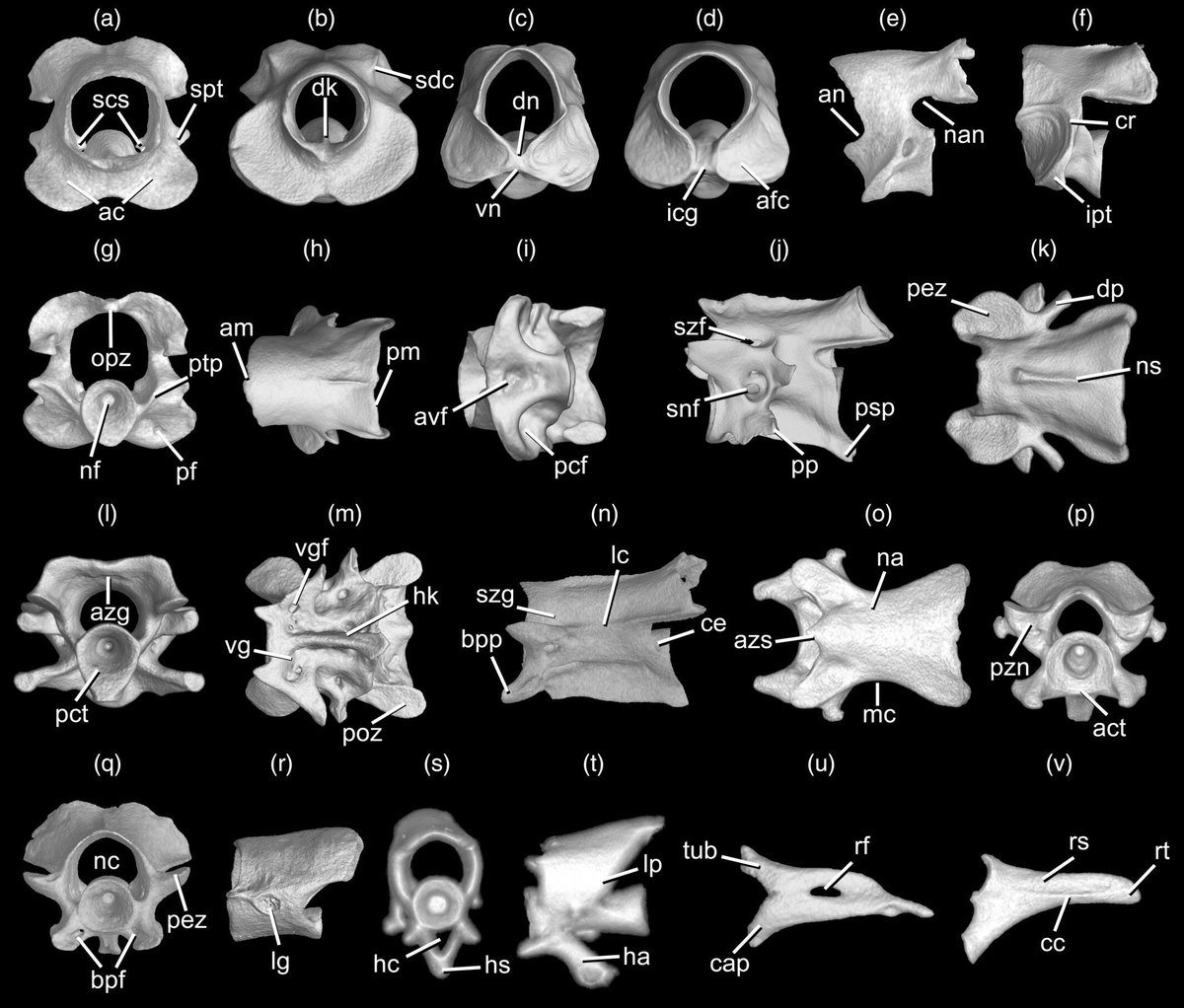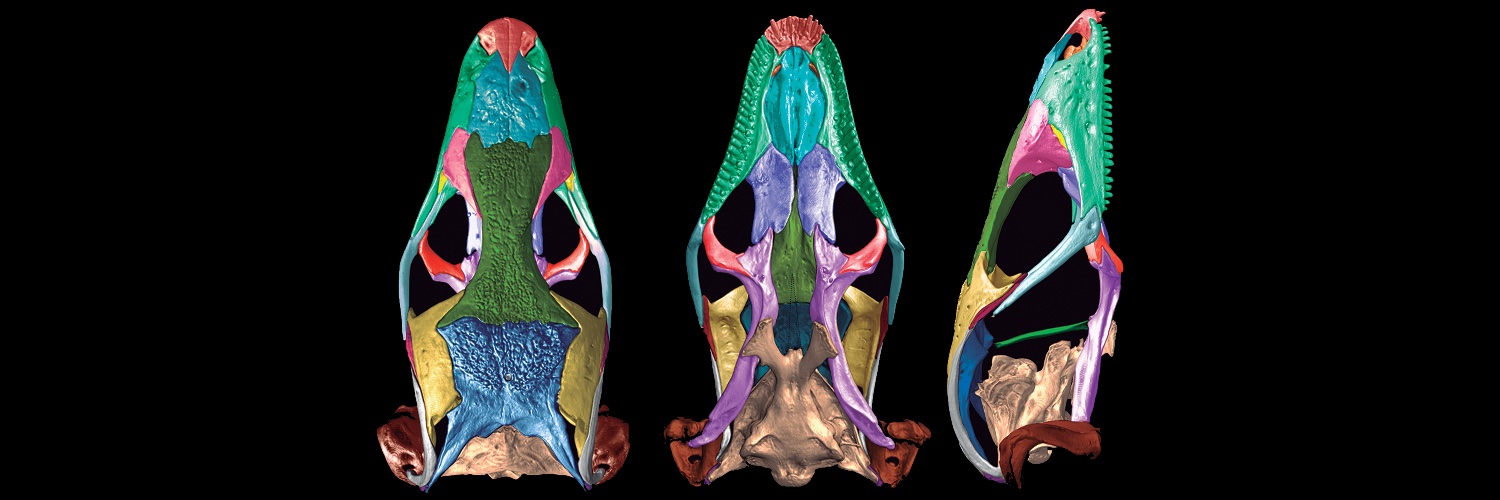
The Anatomical Record
@AnatRecord
The Anatomical Record publishes new discoveries in morphological aspects of molecular, cellular, systems, and evolutionary biology. Official @AnatomyOrg journal
New hypothesis suggests costal breathing in amniotes evolved gradually as buccal pumping waned—driven by shifts in terrestrial feeding. A fresh take on how early amniotes learned to breathe. Elizabeth Brainerd: anatomypubs.onlinelibrary.wiley.com/doi/10.1002/ar…
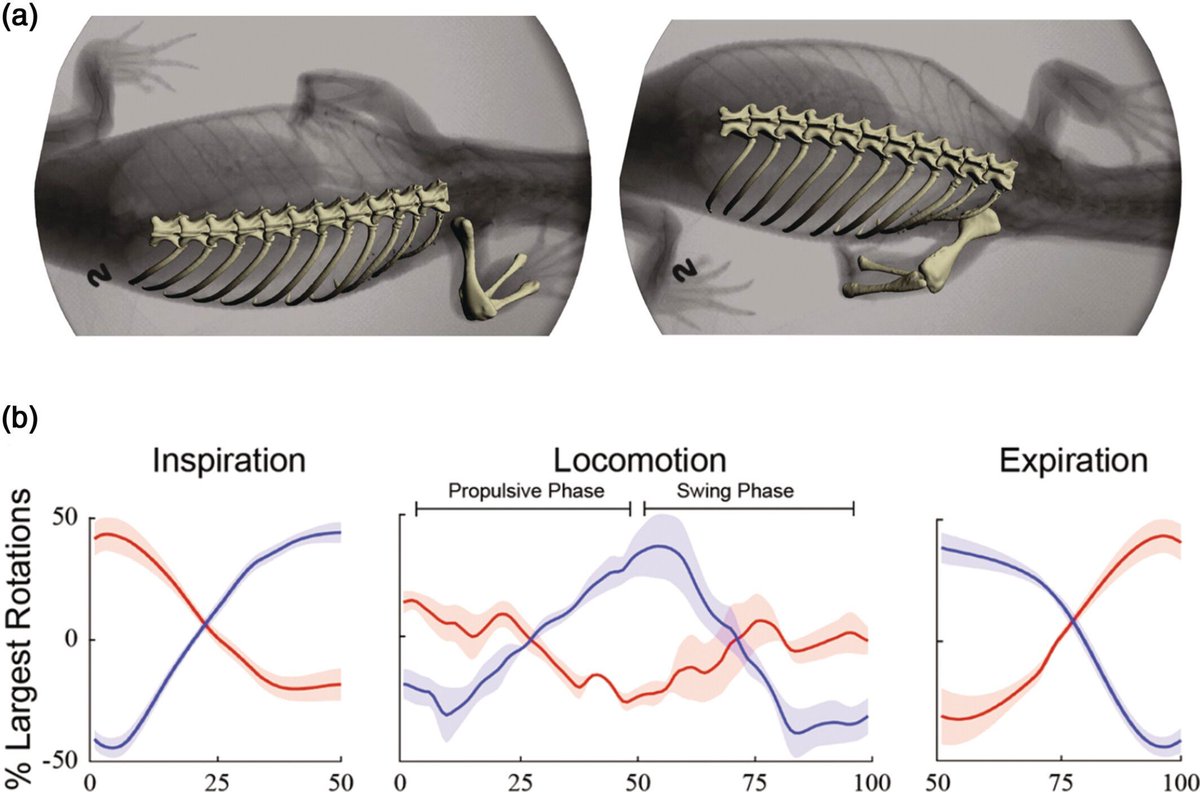
New insights into early foot development: 3D imaging reveals how fetal ankle & foot posture evolves. A new study shows that twisting, supination & bone shape shifts start as early as the embryonic period. Takakuwa et al.: anatomypubs.onlinelibrary.wiley.com/doi/10.1002/ar…

Thanks to partipants & attendees of our recent symposia at International Symposium of Morphological Sciences. AAA journal EiCs Heather F. Smith & Jason Organ (Anatomical Sciences Education) spoke about editorial practices, & we sponsored a session on ethical frontiers in anatomy.
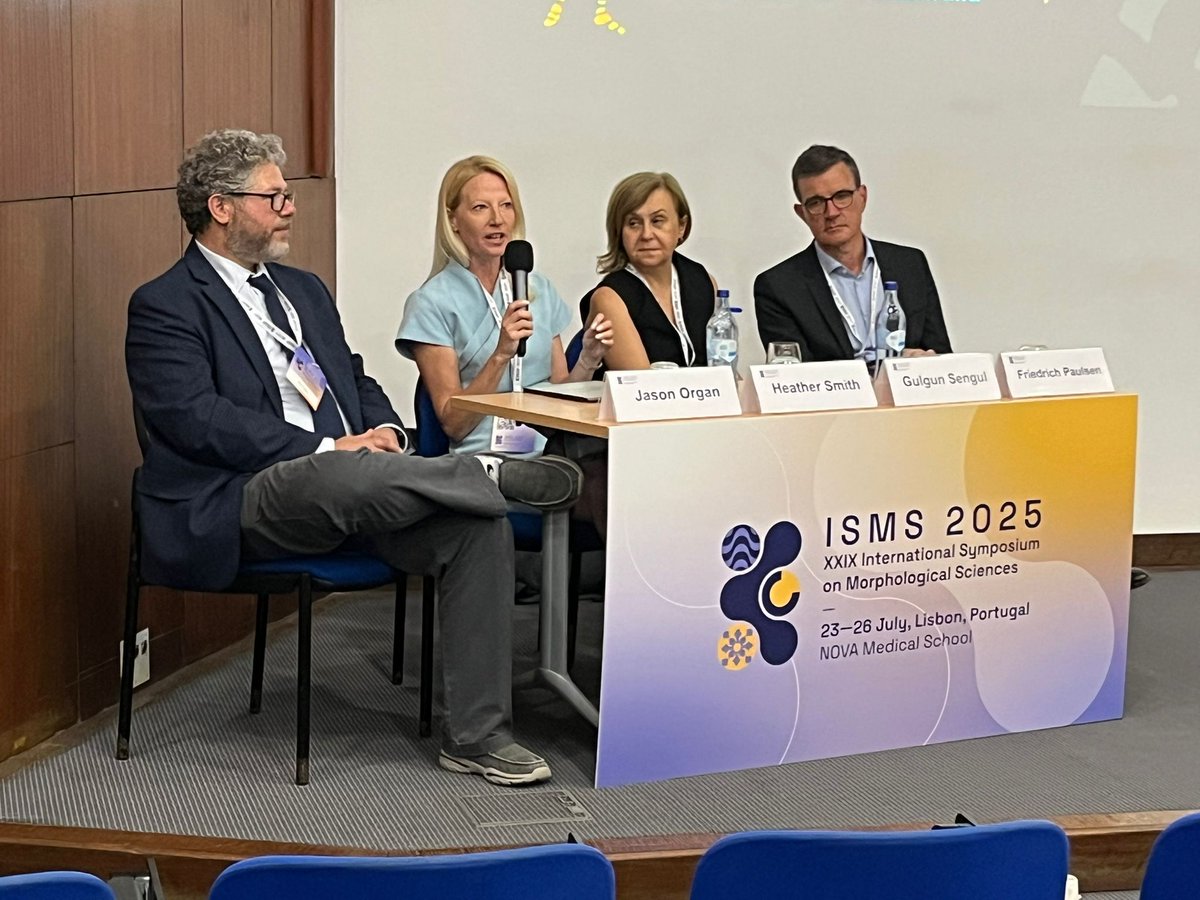
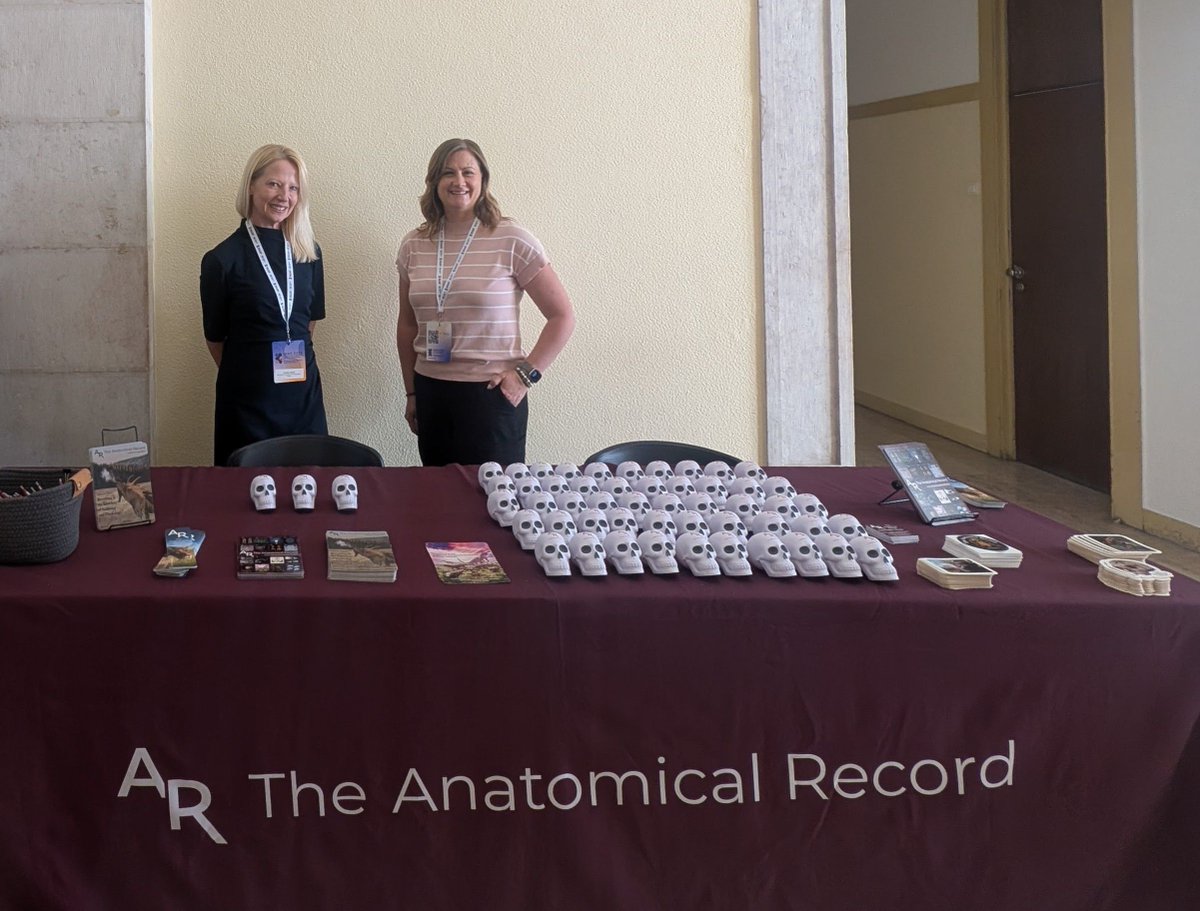
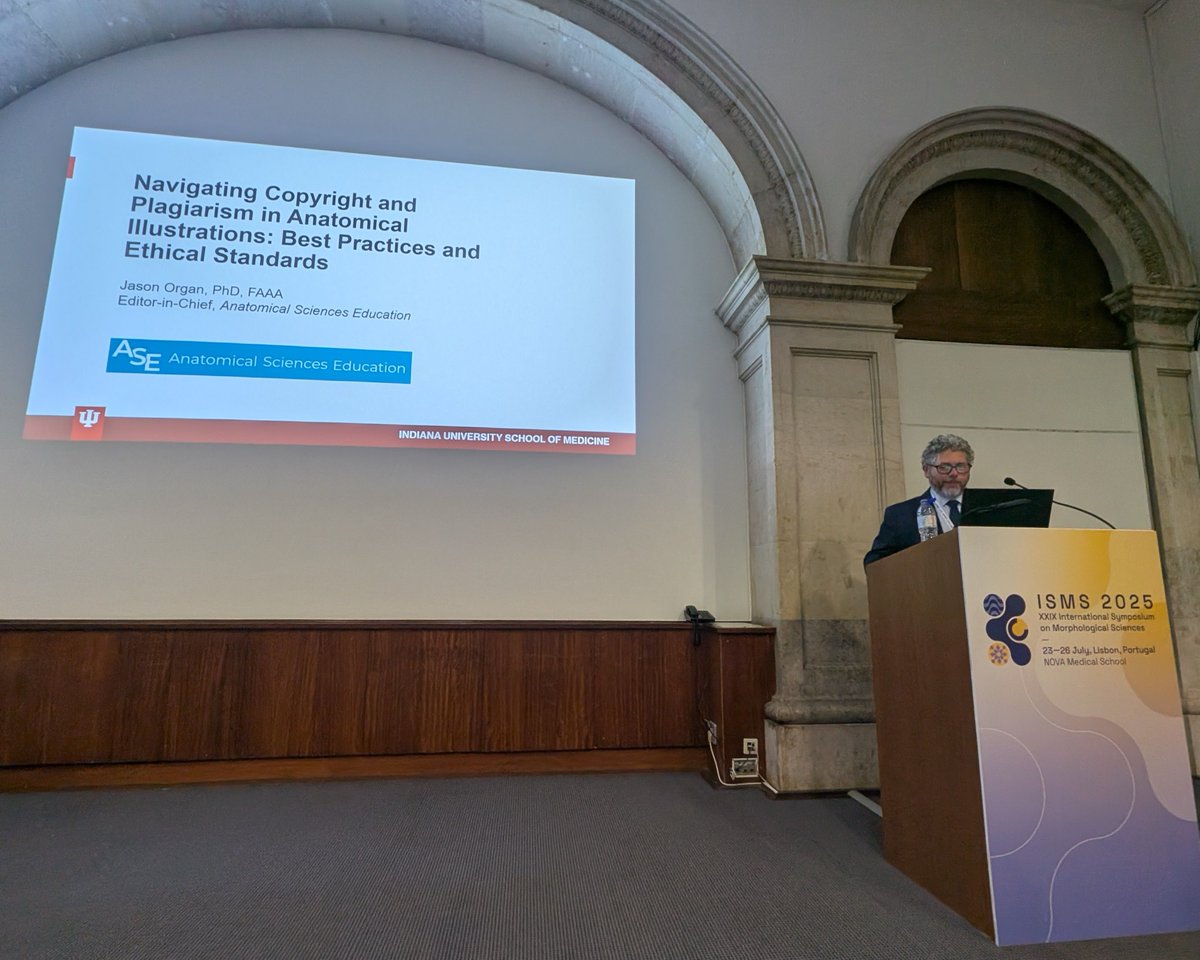

New study on the Cretaceous barasuchid Pissarrachampsa sera reveals varied bone growth and early maturity, offering insight into notosuchian life history and Mesozoic success. Aureliano et al: anatomypubs.onlinelibrary.wiley.com/doi/10.1002/ar… #FossilFriday

If you're attending the International Symposium for Morphological Sciences this week, don't miss our exciting sessions! Details in the below aimages and at isms2025.org/program/detail…
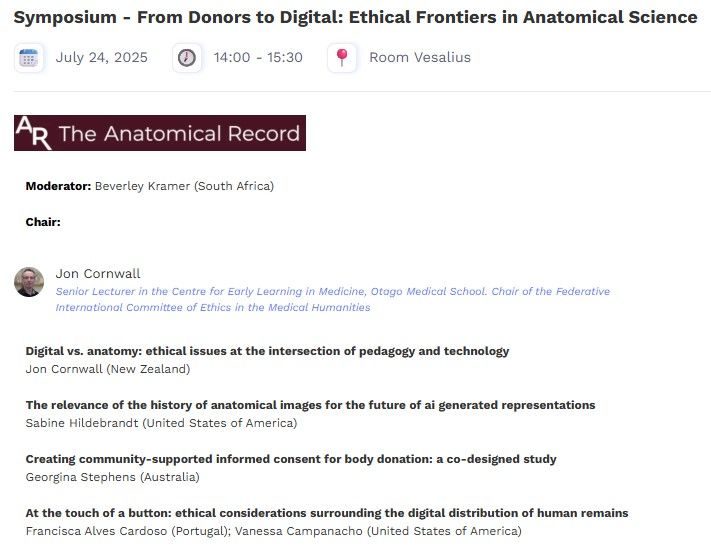
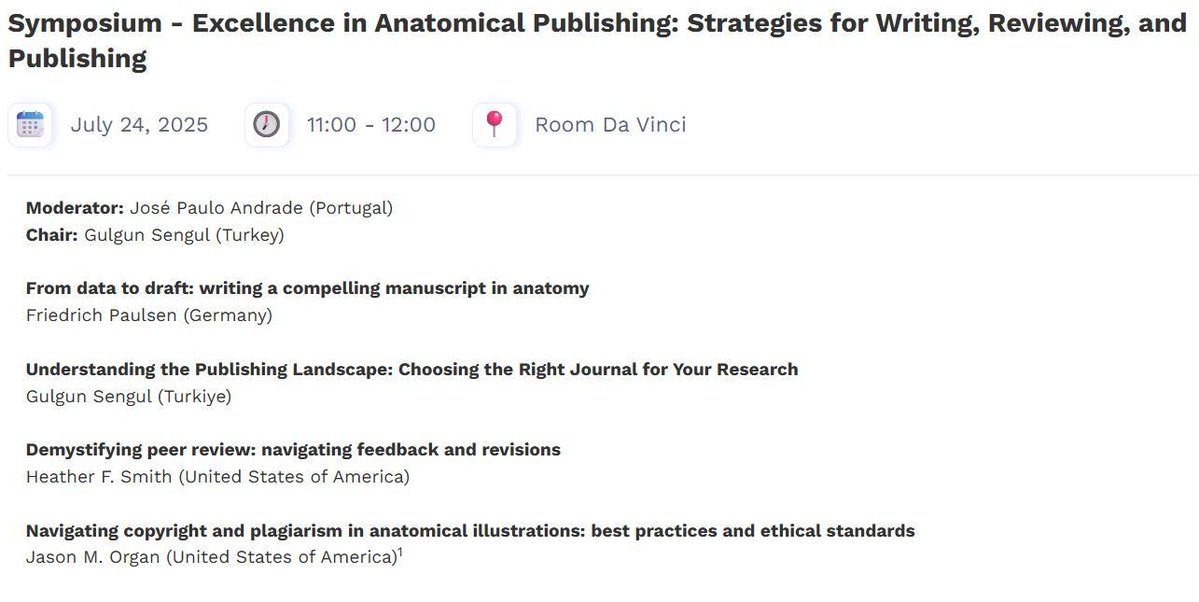
🚨New paper alert! 🚨 Histovariability and fossil diagenesis of Pissarrachampsa (Pseudosuchia, Notosuchia, Baurusuchidae) from the Upper Cretaceous of Southeast Brazil - Aureliano - The Anatomical Record - Wiley Online Library 🐊🔬 anatomypubs.onlinelibrary.wiley.com/doi/10.1002/ar…
⚒️🧪 🚨New paper alert!! anatomypubs.onlinelibrary.wiley.com/doi/10.1002/ar… Histovariability and fossil diagenesis of Pissarrachampsa (Pseudosuchia, Notosuchia, Baurusuchidae) from the Upper Cretaceous of Southeast Brazil #Paleontology #Histology #Biodiversity
Researchers extended fascicle-tracking algorithms to chick embryos, capturing high-res data from first contractions. Despite minor artifacts in small muscles results match manual segmentation, useful for studying early muscle–bone interactions Molnar et al anatomypubs.onlinelibrary.wiley.com/doi/10.1002/ar…
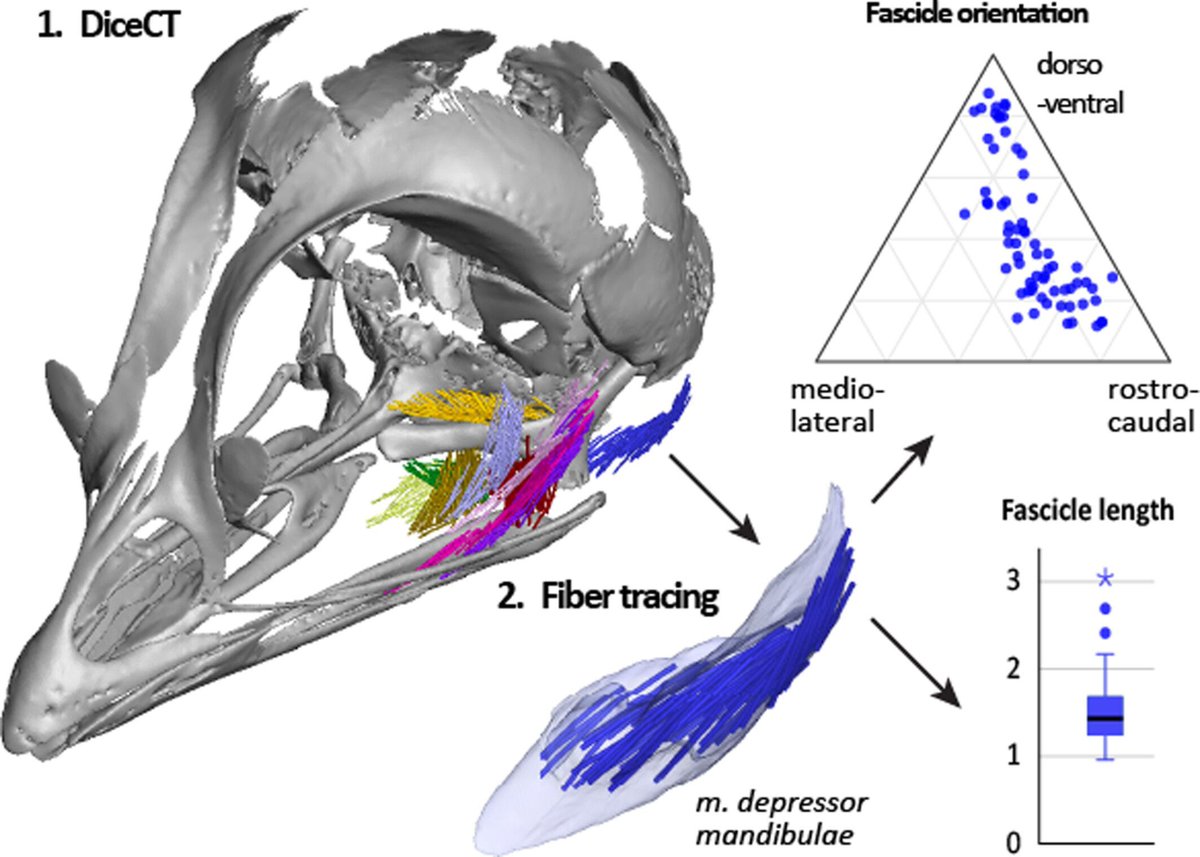
Our August issue is now out! anatomypubs.onlinelibrary.wiley.com/toc/19328494/2… The cover article discusses skink systematics, comparative cranial osteology of the New World Mabuyinae by Julio Ferreira-Junior et al.: doi.org/10.1002/ar.255…
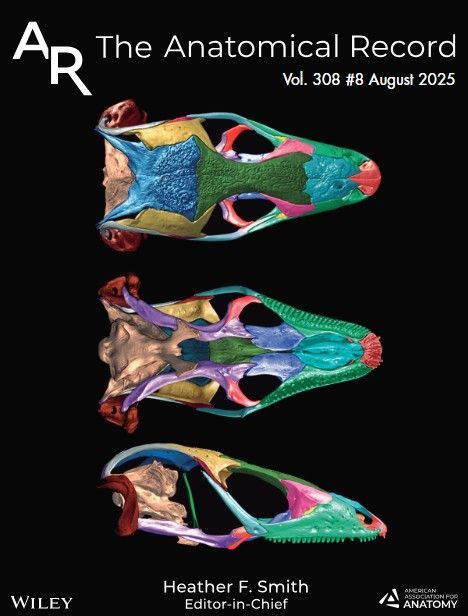
Osteoderms may form through mechanotransduction, where tension in collagen fibers triggers bone growth. In alligators, ossification aligns w/stressed fascia/tendon attachments, suggesting parallels w/trauma-induced heterotopic ossification. Dubansky et al anatomypubs.onlinelibrary.wiley.com/doi/10.1002/ar…

Despite rabbits being common lab models, their vertebral muscles were never fully described—until now. 54 muscles were mapped in wild rabbits & hares revealing key differences from other mammals &proposing leporid-specific terminology. Taewcharoen et al: anatomypubs.onlinelibrary.wiley.com/doi/10.1002/ar…
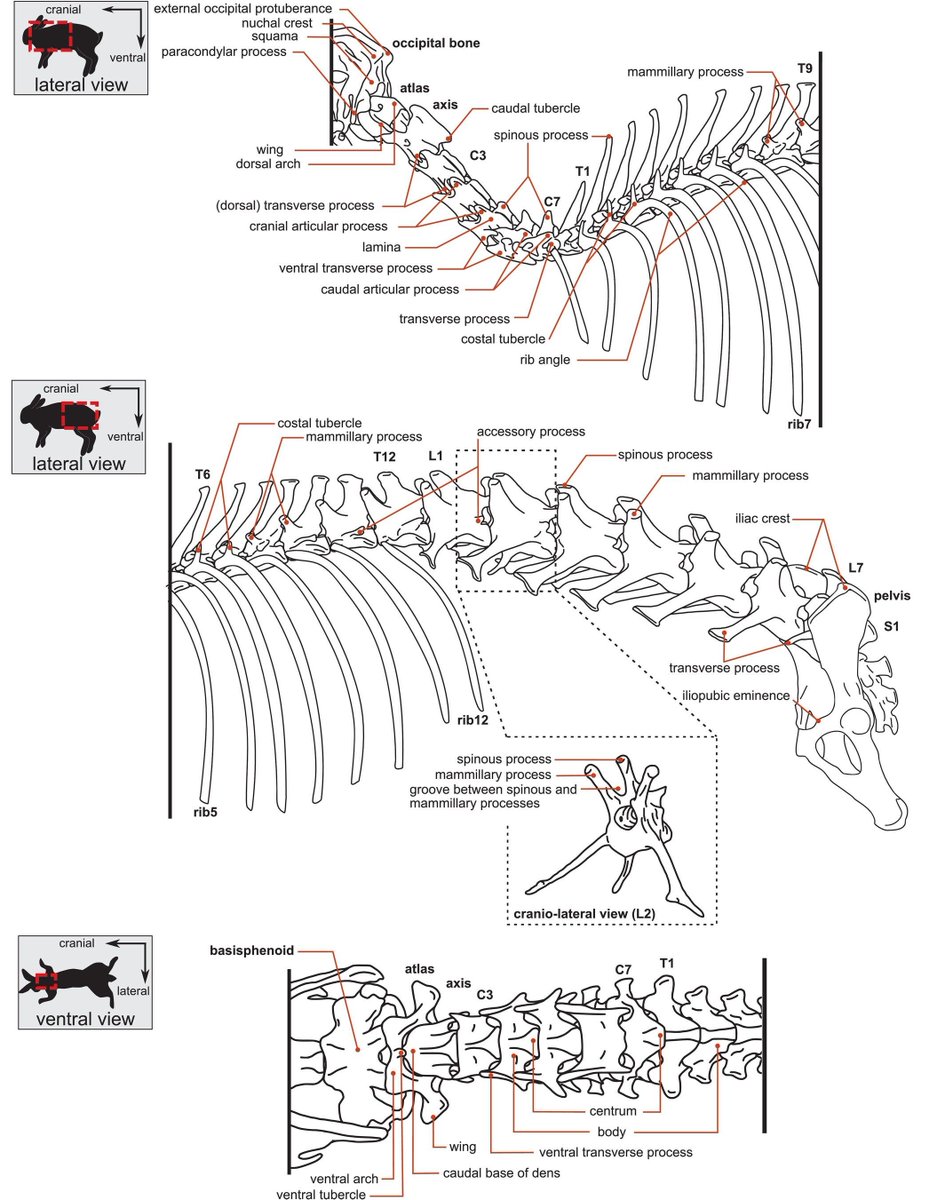
🦇 Bats' remarkable ability to fly leads to distinctive wing bone properties. Recent study found clear gradient: proximal wing bones stronger, stiffer & more circular—built for torsion— distal bones lighter, more ductile—built for agility. Ma et al.: anatomypubs.onlinelibrary.wiley.com/doi/10.1002/ar…
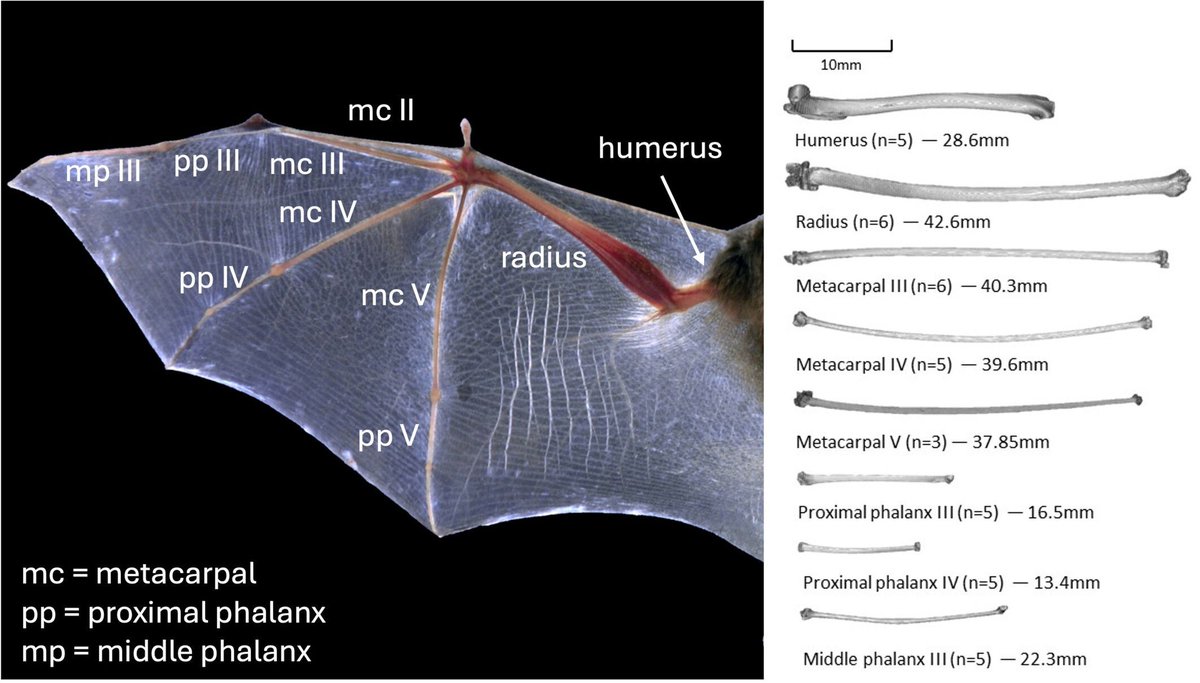
We are proud to be official sponsors of the upcoming European Association of Vertebrate Paleontologists conference (@EVAPalaeo) to be held in 30 June- 5 July in Krakow, Poland! eavp2025.wixsite.com/eavp2025
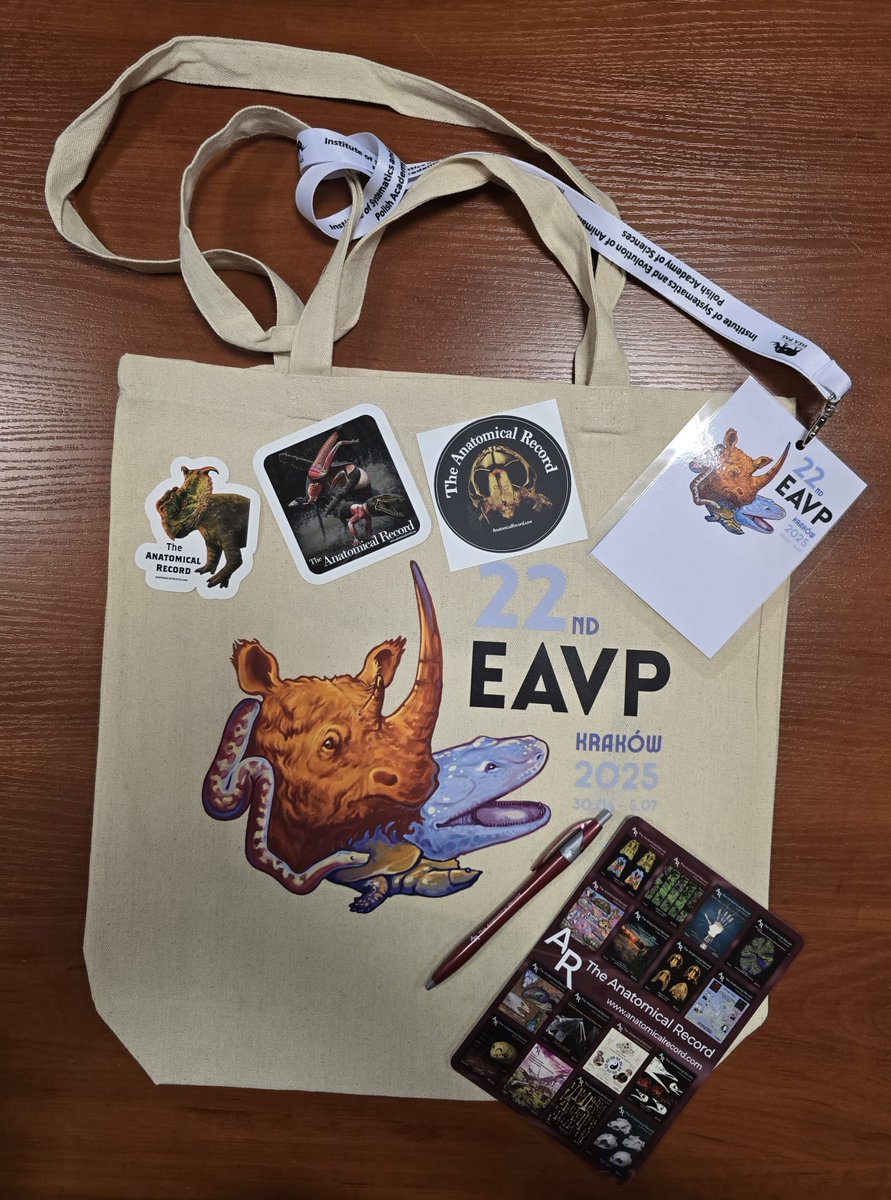
Our upcoming Special Issue explores anatomy, diversity & function of sabertooth creatures From giant fangs to lesser-known mysteries, it's a deep dive into morphology that captivates science & imagination. anatomypubs.onlinelibrary.wiley.com/doi/10.1002/ar… Reconstruction by A Hartstone-Rose. #FossilFriday
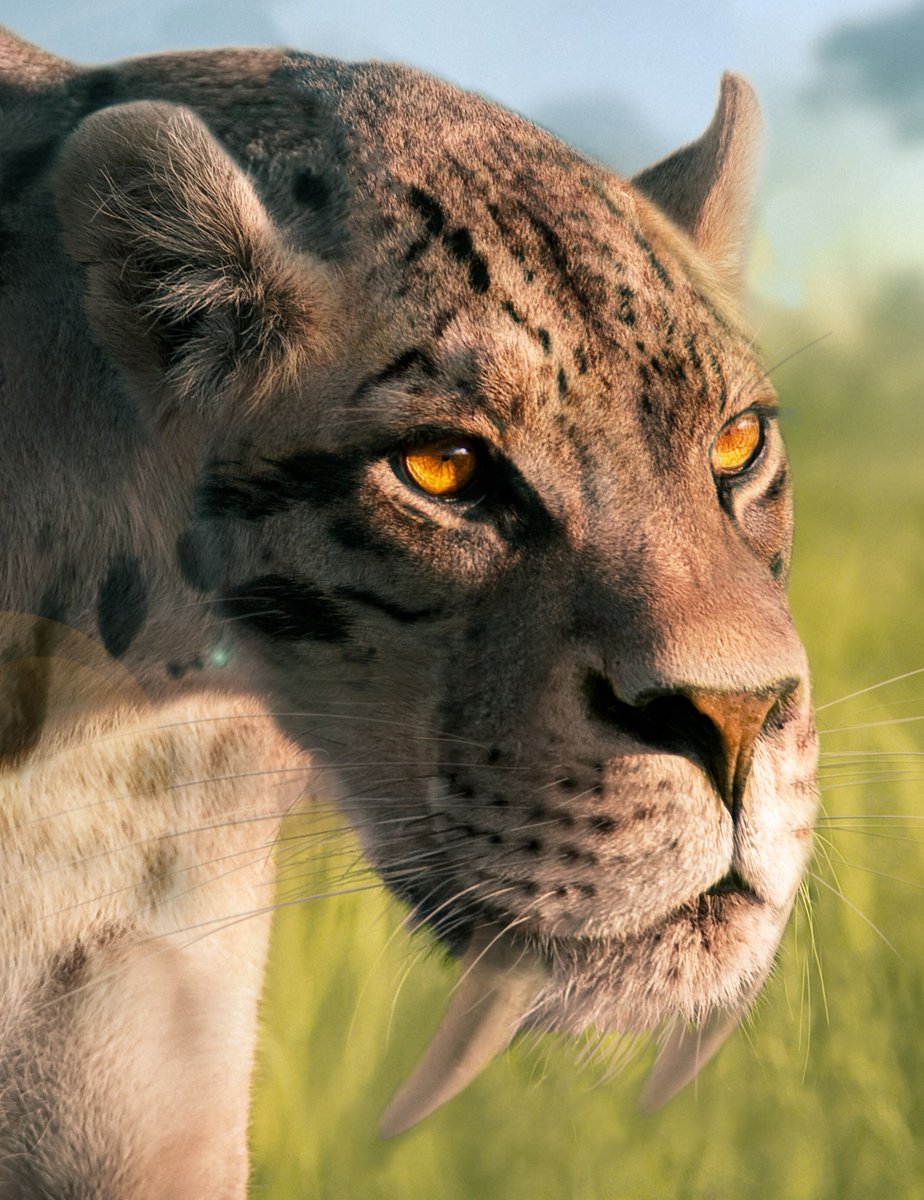
How do basking sharks feed with such massive mouths? 🦈 Researchers built a 3D “digital puppet” from CT scans, museum specimens, and video to model their elusive cranial movements during filter feeding. Study by Tairan Li et al.: anatomypubs.onlinelibrary.wiley.com/doi/10.1002/ar…
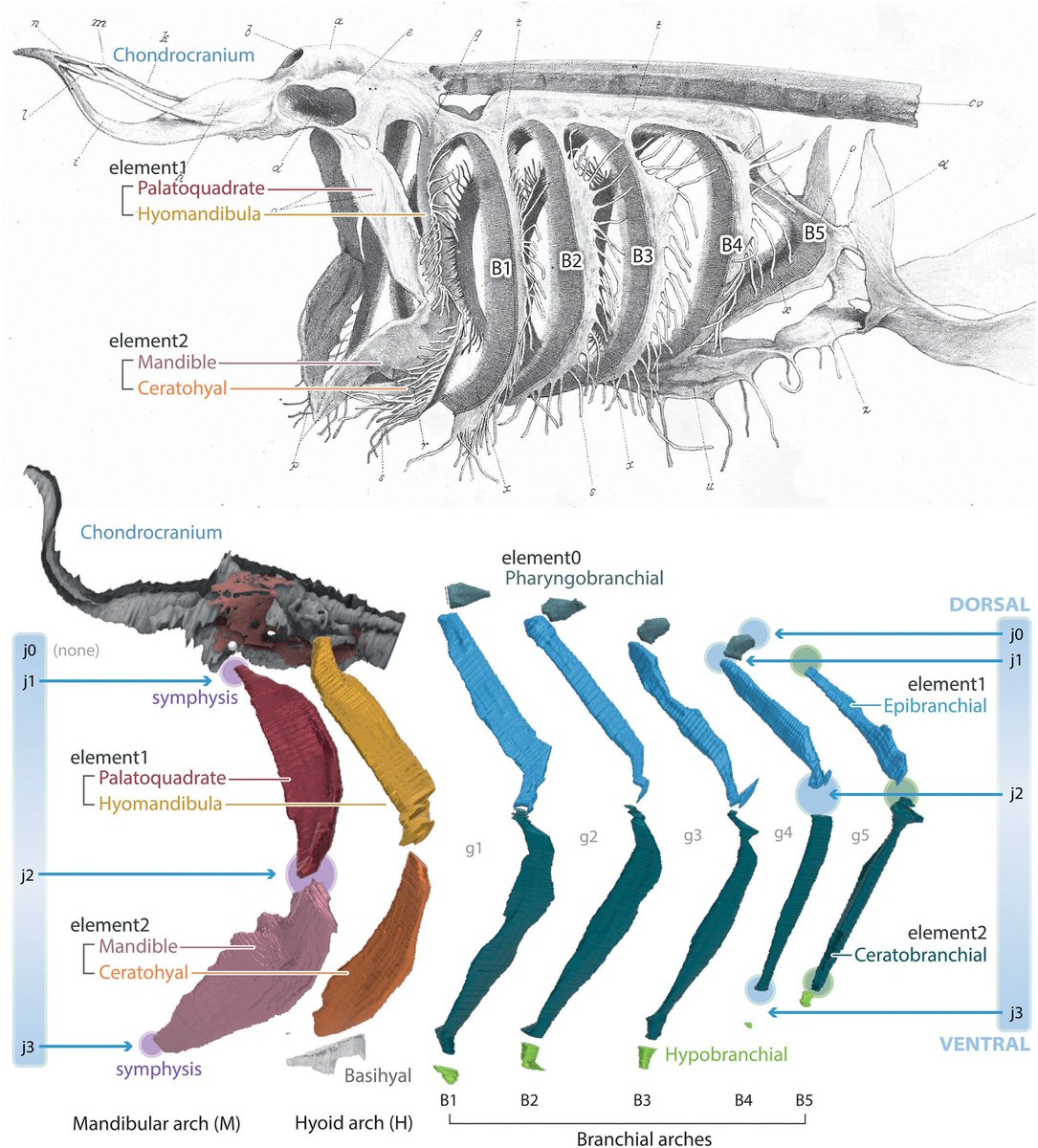
How does the nose adapt to life underground? Using microCT to study nasal turbinals in caviomorph rodents, a recent study found that arid-dwelling burrowers have more complex respiratory structures—suggesting water-saving adaptations. Belén Baldo et al.: anatomypubs.onlinelibrary.wiley.com/doi/10.1002/ar…
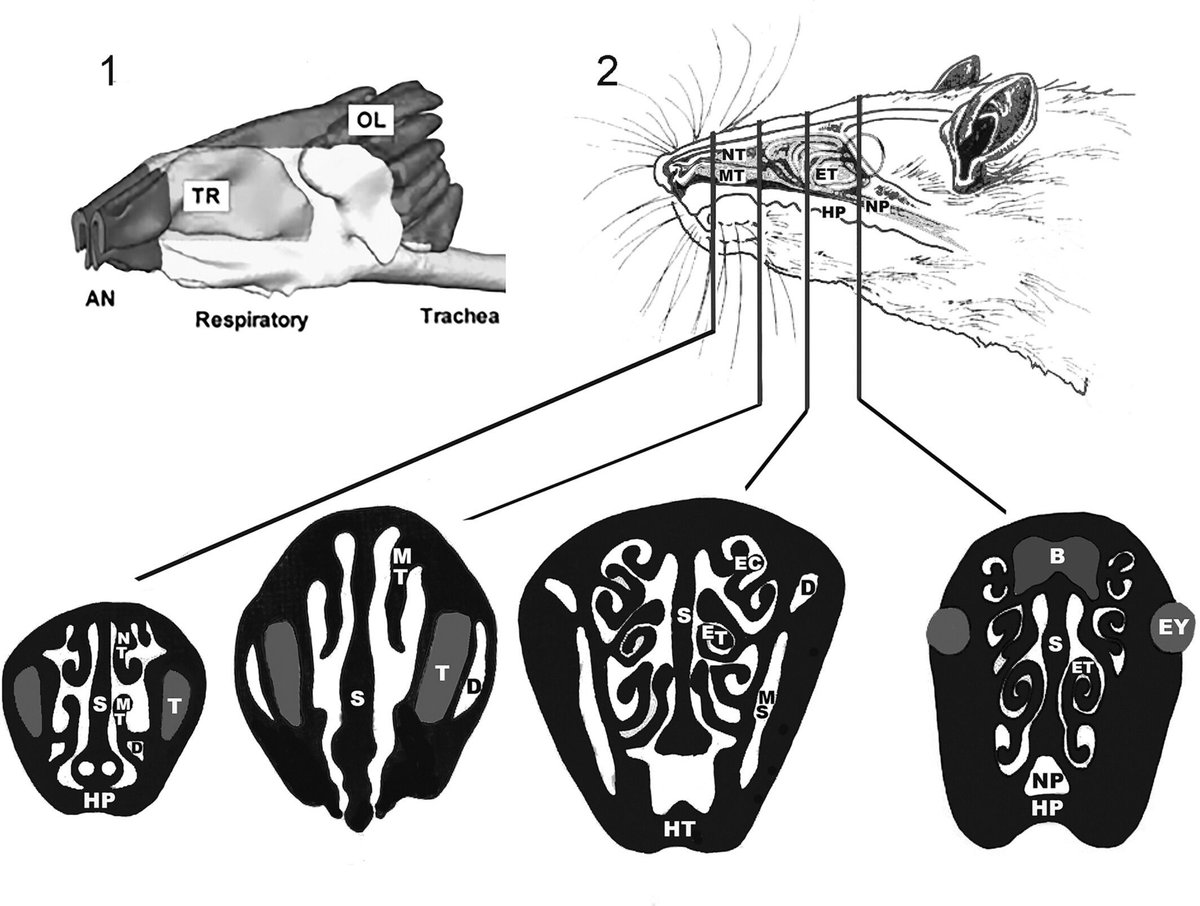
Synapsid limb evolution reveals a complex journey toward upright posture. Analyzing 936 bones from 330 species, a new study uncovers mosaic shifts in humerus and femur proportions over 320+ million years—shedding light the rise of mammals Bishop & Pierce: anatomypubs.onlinelibrary.wiley.com/doi/10.1002/ar…
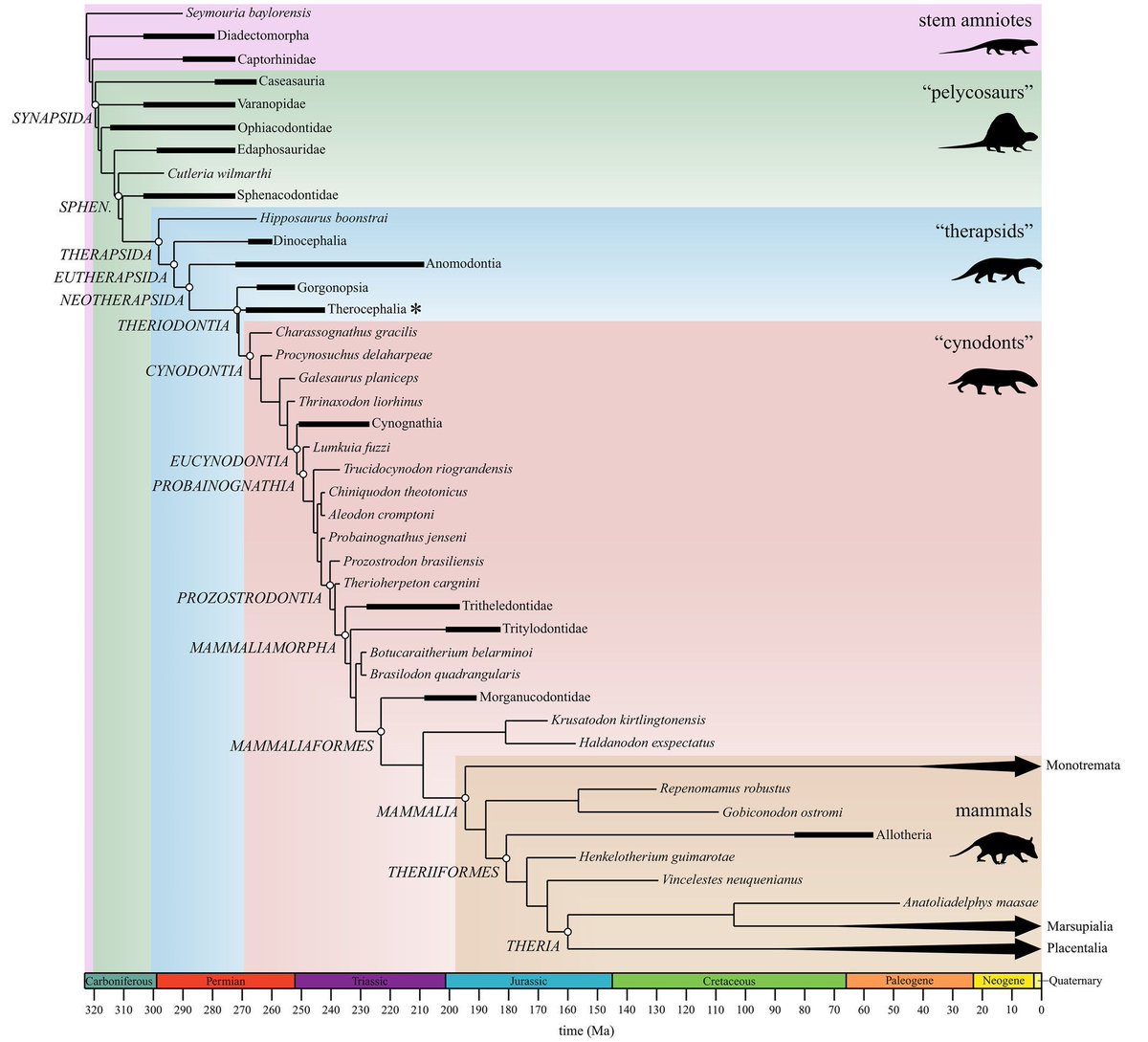
New hypothesis on a classic brain mystery: the lunate sulcus didn’t just shift backward in human evolution—it de-opercularized. In early Homo fossils from Dmanisi, we may be seeing this sulcus fragment and vanish as brain size grew. Dean Falk et al.: anatomypubs.onlinelibrary.wiley.com/doi/10.1002/ar…

“New Paleontological Research in #Turtles and other #Vertebrates”: volumen homenaje a Emiliano Jiménez Fuentes editado por @Tortugologo y @frco_ortega en @AnatRecord: ▶️ godzillin.blogspot.com/2025/06/new-pa… #Paleontology #Special #Issue
Caecilians are a little-known group of ~220 limbless, mostly tropical amphibians. Despite unique vertebrae and skull morphology, their postcranial anatomy remains poorly studied. Santos et al. offer detailed overview and propose unified terminology: anatomypubs.onlinelibrary.wiley.com/doi/10.1002/ar…
